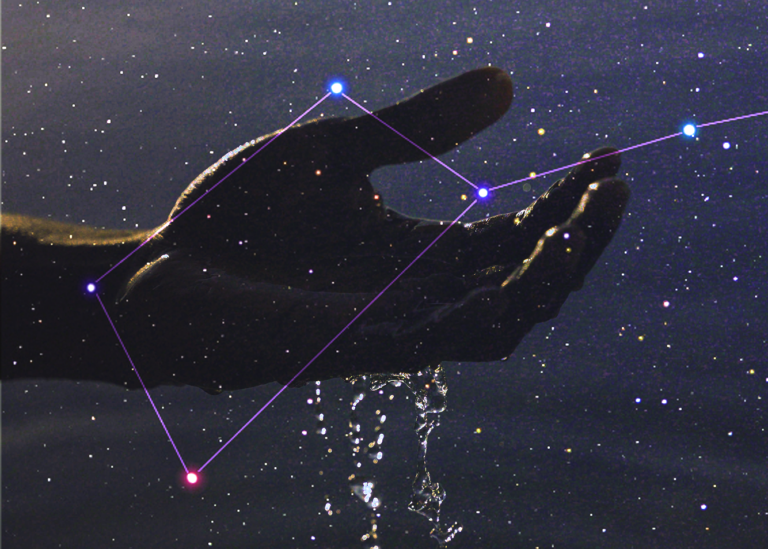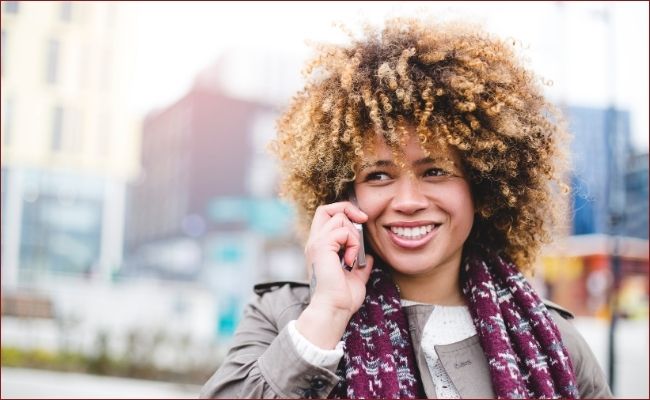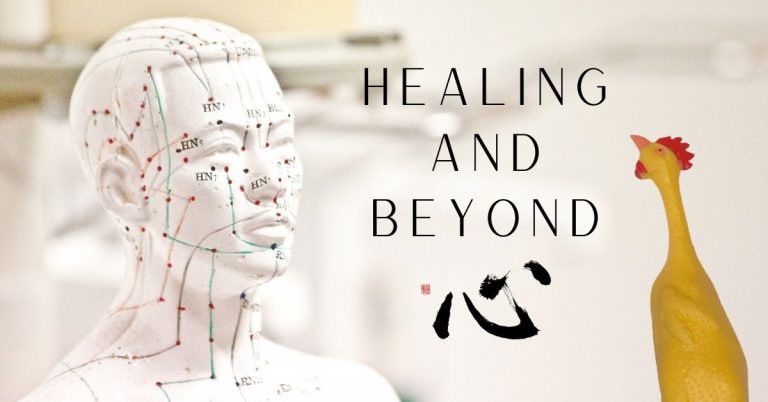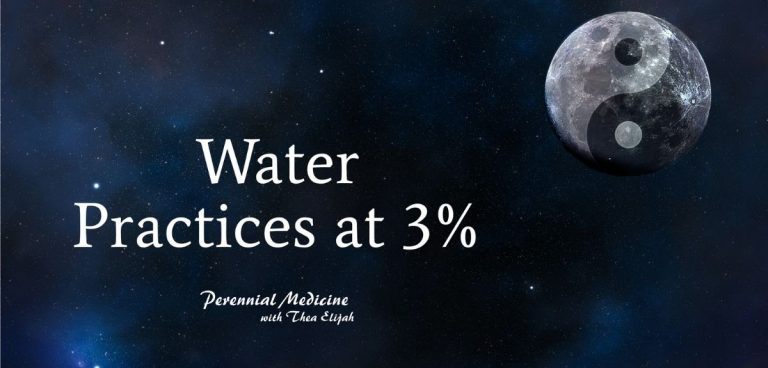Why a Healer Needs to Consider Race
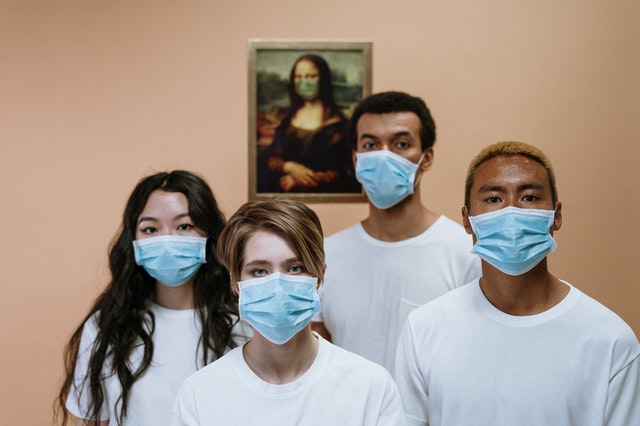
Why a Healer Needs to Consider Race
Too often, “I don’t see color” is translated as, “I don’t want to hear about racism.” The white person who said these words might not have meant it that way at all—but it is important to be aware of how we are coming across in a context where there really are a lot of white people who just do not want to hear or know about racial pain.
Those of us who are white healers supporting BIPOC clients do need to take some extra steps to signal clearly that we are ready to listen, and ready to have our awareness stretched beyond our own lived experience, into domains of experience that we haven’t known.
We also need to take extra steps around being able to listen to these differences of experience without defensiveness, and without needing to explain, theorize, or otherwise “fix” someone else’s analysis or point of view. If a man felt free to explain to a woman how she should feel about facing sexism every day, or to tell her that it was really the same for men as for women, this would be invalidating.
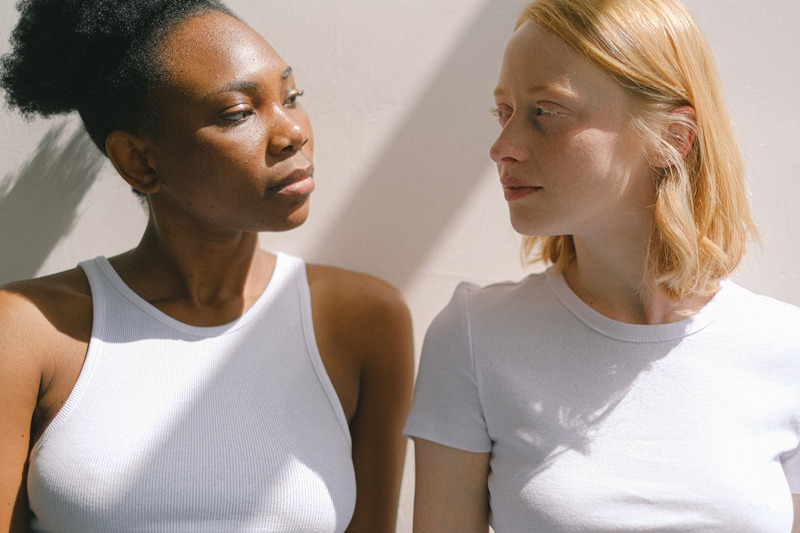 With the best of intentions, it is still better just to listen and learn from those whose experience is different than our own. When we make it clear that we are not assuming that we are all the same, we open space for others to speak more freely. This is important in the treatment room when there are differences in skin color, so that we hold space that is clearly open to what we do not know.
With the best of intentions, it is still better just to listen and learn from those whose experience is different than our own. When we make it clear that we are not assuming that we are all the same, we open space for others to speak more freely. This is important in the treatment room when there are differences in skin color, so that we hold space that is clearly open to what we do not know.
Another place where white healers need to take extra steps to make welcoming space for BIPOC clients is in our ability to hear painful material that may trigger us. The reality of racism is very hard for an open-hearted white person to hear. It’s incredibly painful, and may trigger our own feelings of helplessness, shame, vulnerability, and rage. We may not know what to do with all of these feelings inside of us—which is often why we try to keep these topics outside of the treatment room.
Fortunately, humility and honesty are still the best policy.
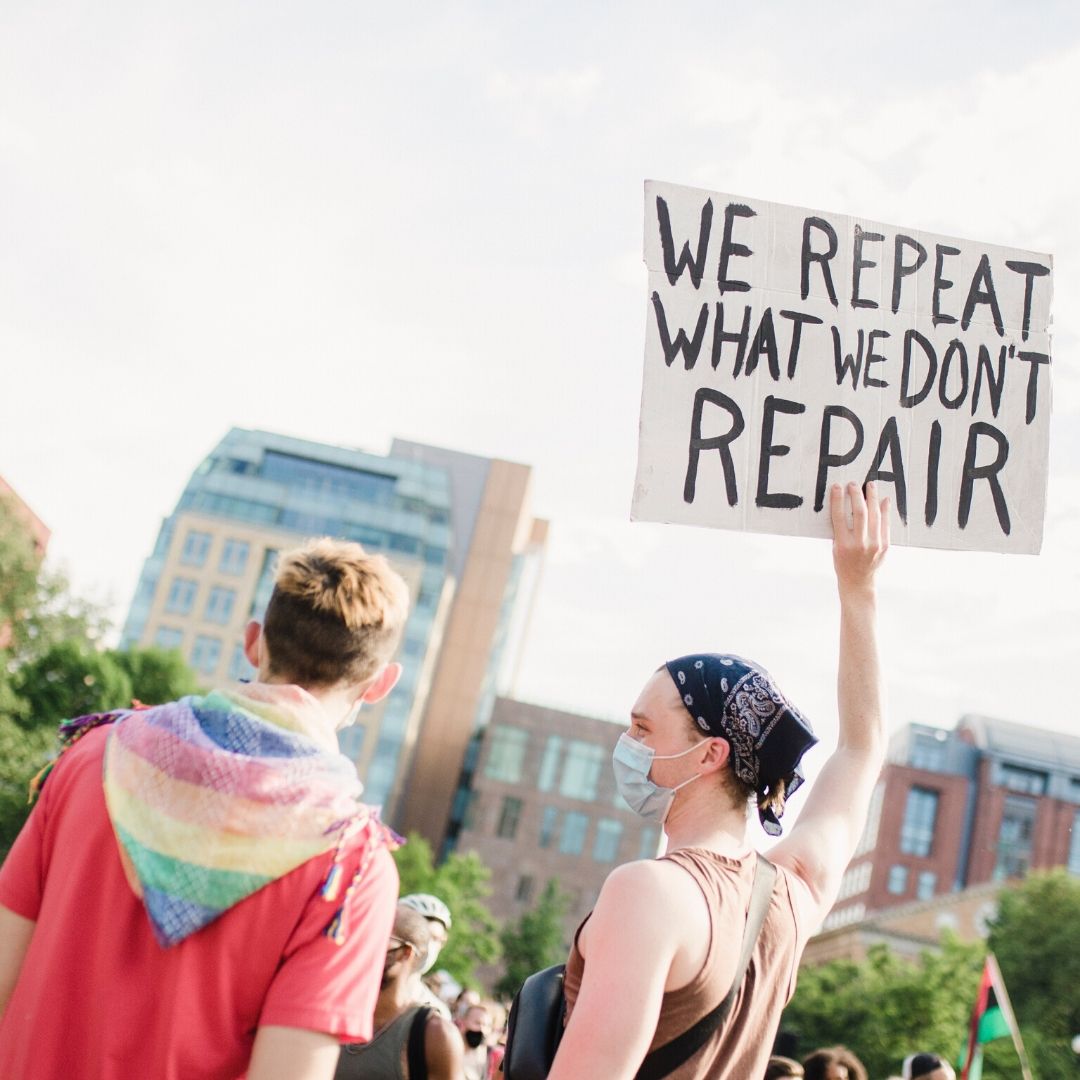 We can say, “What you are telling me is so powerful and painful that I am shaking inside. Can you please give me a moment to center and ground myself?”
We can say, “What you are telling me is so powerful and painful that I am shaking inside. Can you please give me a moment to center and ground myself?”
We can say, “I don’t know if, as a white person who does not share your experience, I am even competent to address your concerns—but I would like to try.”
We can say, “I am doing my best to educate myself about how racial trauma might be showing up in my treatment room—including how my white face might be a trauma reminder for you.”
We can also keep in touch with our BIPOC fellow practitioners! This is crucial in establishing a diagnosis, because without being in touch with the reality of BIPOC concerns outside of the treatment room, we do not know how to gauge health. For instance, what does appropriate anger look like in a BIPOC person on the subject of police brutality? What does appropriate fear look like, or grief? Might these healthy emotions be at a different level in a BIPOC person than in a white person?
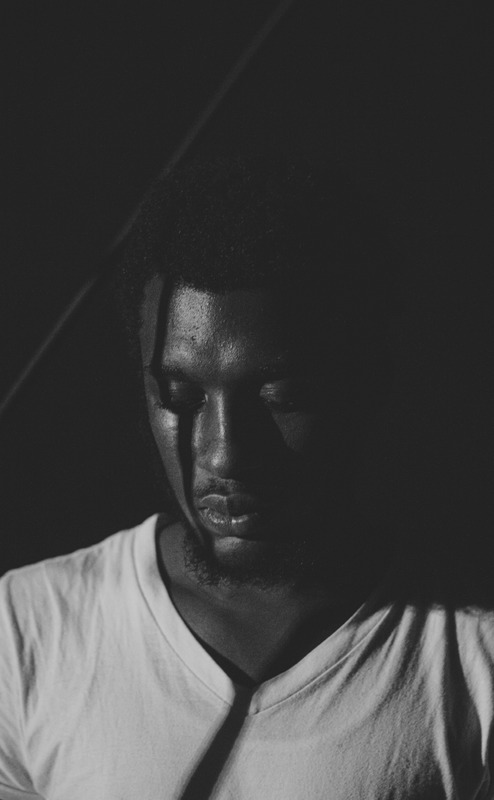 It’s hard to know, with only a white scale of reference, whether a someone’s degree of anger is a sign of Liver pathology, or a completely reasonable response to outrage. If we don’t know what it’s like to be living through someone’s daily life, we might consider them to be a Water-type when actually they are legitimately afraid. If we do not understand the magnitude of a community’s level of grief, we might consider the client to be dramatizing, rather than considering that we ourselves might be out of touch.
It’s hard to know, with only a white scale of reference, whether a someone’s degree of anger is a sign of Liver pathology, or a completely reasonable response to outrage. If we don’t know what it’s like to be living through someone’s daily life, we might consider them to be a Water-type when actually they are legitimately afraid. If we do not understand the magnitude of a community’s level of grief, we might consider the client to be dramatizing, rather than considering that we ourselves might be out of touch.
It is inevitable that marginalized people are more aware of mainstream perspectives than vice versa. BIPOC people are surrounded by white media and white culture; professional and other affinity groups are likely to centralize white perspectives and concerns. White practitioners, however, are far less likely to be aware of BIPOC perspectives. We need to go out of our way to ask, and to be good listeners to those who speak from outside our frame of reference.
That is why it’s crucial for practitioners with different skin color to stay in touch with each other about events that might be affecting one group more, or differently, than another group. As a community of colleagues, we can serve all of our clients more fully when we are aware of the realities of their circumstances.
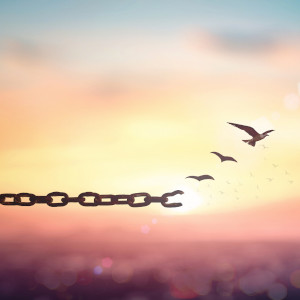 Despite having genuinely good intentions and some level of awareness of racial issues, I am continually amazed by how clueless I am about things that I didn’t even realize that I was clueless about. Whew! It saves a lot of wear and tear just to assume that I am fairly ignorant, like a foreigner in an unknown land, right in the middle of America. Beginner’s Mind is our greatest asset in the treatment room—and that includes opening to how issues of race are affecting all of us.
Despite having genuinely good intentions and some level of awareness of racial issues, I am continually amazed by how clueless I am about things that I didn’t even realize that I was clueless about. Whew! It saves a lot of wear and tear just to assume that I am fairly ignorant, like a foreigner in an unknown land, right in the middle of America. Beginner’s Mind is our greatest asset in the treatment room—and that includes opening to how issues of race are affecting all of us.
Join me at one of my upcoming webinars, Whole Heart Whiteness. Although there is no charge for the workshops, donations are accepted.
